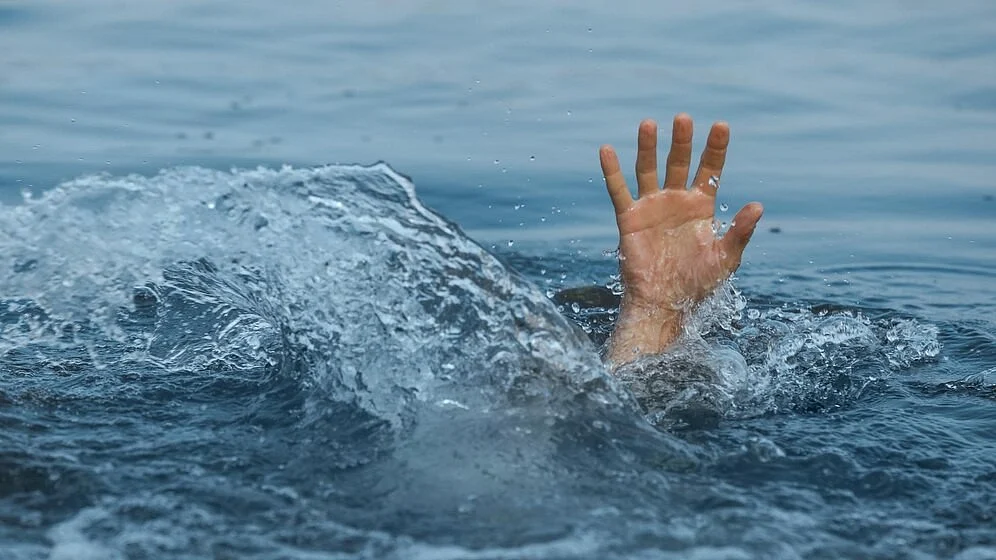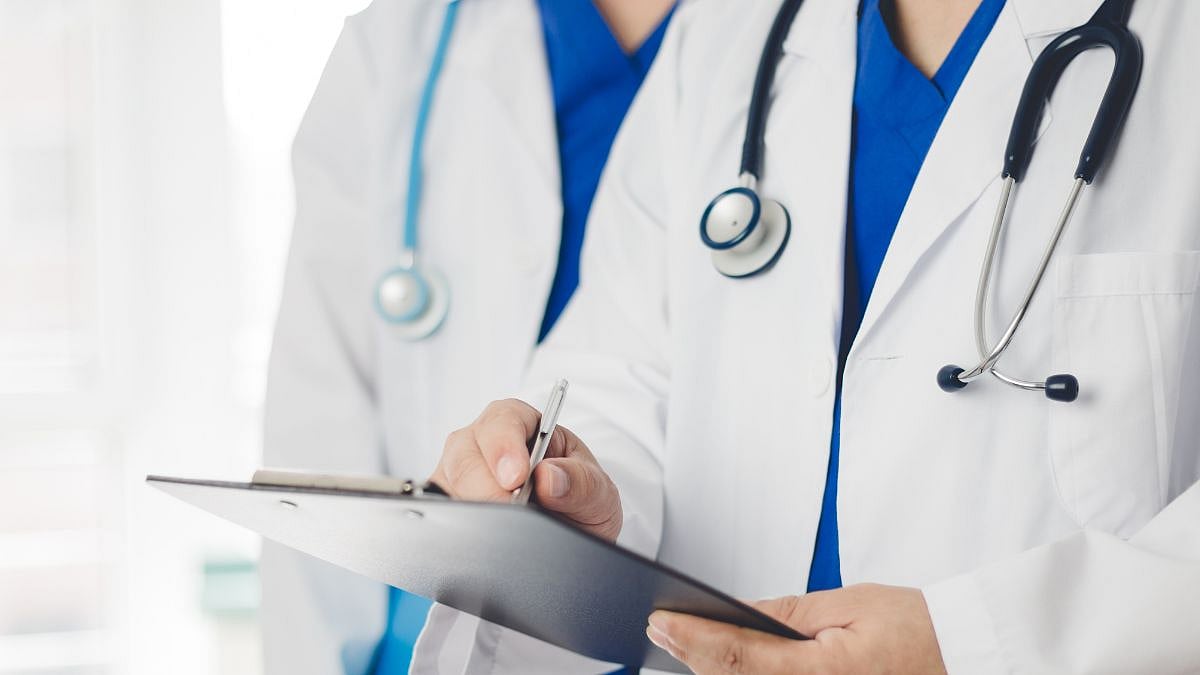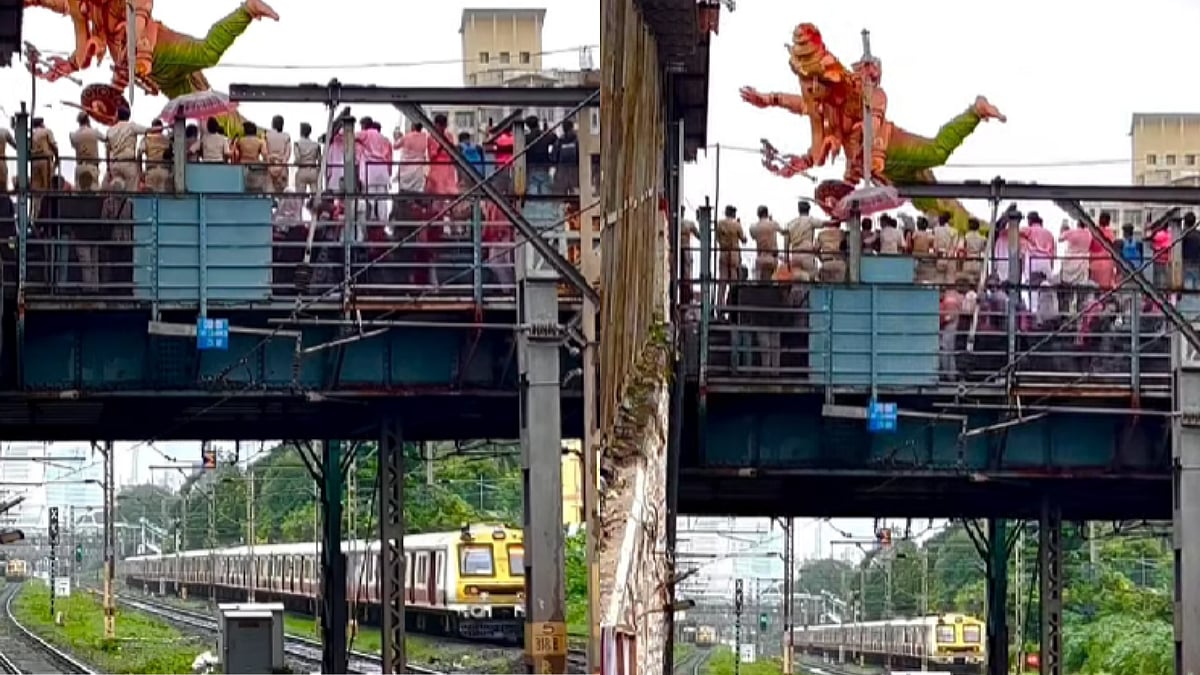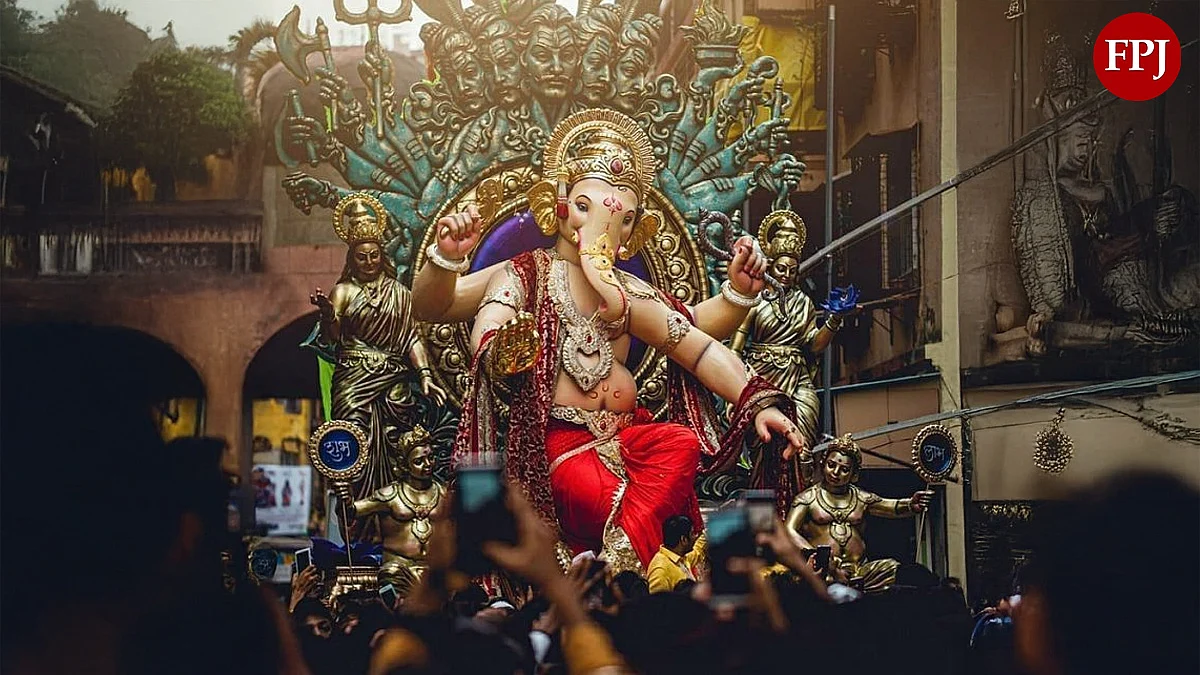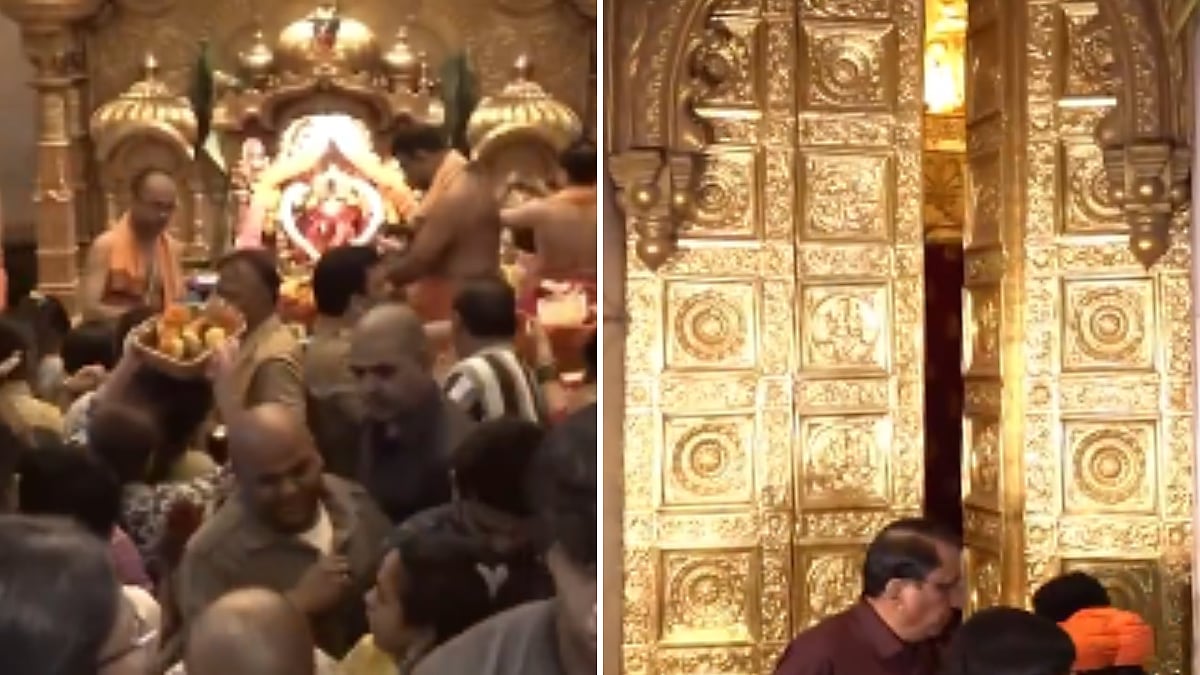Over seven to eight lakh Mumbaikars who travel from Bandra Kurla Complex to densely congested MIDC Marol Naka or Terminals 1 and 2 of the airport can heave a sigh of relief as the much awaited first phase of the Metro Line 3 or ‘Aqua Line’ Metro Rail Corridor that links South Mumbai’s Colaba/ Cuffe Parade to BKC to Aarey Colony and SEEPZ is all set to become fully operational from December or January.
This underground network is touted as the most crucial corridor of the entire Metro Rail Project as the maximum number of daily commuters travel along this route. It also runs parallel to the existing North-South Suburban Rail System and provides East-West connectivity. Moreover, it envisages to cover unconnected areas like the domestic and international airports and six Central Business Districts (CBDs), including BKC, Fort, Nariman Point, Cuffe Parade, Lower Parel, and SEEPZ/MIDC.

Mumbai Metro Line 3 | Mumbai Metro Rail Corporation

“Second lifeline of Mumbai”: Ashwini Bhide
Terming Metro Line 3 or Aqua Line as the second lifeline of Mumbai, Ashwini Bhide, Managing Director of the Mumbai Metro Rail Corporation (MMRC) said, “Six CBDs will be joined via this corridor. It is here that the movement of the labour force is concentrated and this is why the corridor will have the maximum impact on Mumbaikars. It is indeed will become the second lifeline of Mumbai.”
First and second phases
The proposed first phase to be commissioned in Dec-Jan will cover the following stations: SEEPZ, Aarey Colony, MIDC, Marol Naka, Sahar Road, Domestic and International Airports, Santacruz, Vidyanagari and BKC.
The second phase that is scheduled to open in July 2024 will cover 17 stations running through a very congested neighbourhoods of Cuffe Parade, Nariman Point, Churchgate, Hutatma Chowk, CST, Kalbadevi, Girgaum, Grant Road, Mahalaxmi, Worli, Dadar and Shitladevi, Dharavi among other stations.
Comfort and secure mode of travel
For commuters, this corridor is seen as the most comfortable and secure mode of travel as it promises to provide a wide range of facilities, including WiFi and mobile connectivity, 24-hour surveillance system, escalators and more. Interestingly, trains will be equipped with driverless technology to provide uninterrupted services.
“Travelling on this corridor will be faster, safer, reliable, and comfortable,” said Bhide, adding, “The aim of this metro rail project is connecting the unconnected.”
'Common mobility cards’
Plans are also in progress to introduce ‘common mobility cards’ that will allow commuters to make an easy and seamless switch from one mode of travel to another without wasting time to buy separate tickets for each mode.
“Mumbai,” Bhide explained, “has always been dependent on public transport facilities as an overwhelming 85% of the city’s population depends on it.”
With changing times, the suburban rail landscape required a revolutionary breakthrough to sustain the city’s changing influxes of commerce, owing to the emergence of new work areas like the BKC which was not connected by the existing Mumbai local network.
Since the old suburban rail system was overburdened, gradually the Brihanmumbai Electricity Supply and Transport Undertaking (BEST) bus route system started evolving to take on 35 to 40% of the load. However, simultaneously, Mumbaikars started opting for cars and motor vehicles which, in turn, gave rise to the problem of road congestion.
Spanning over 33.5 kilometers, the new fully underground Aqua Metro line corridor is expected to reduce the traffic and congestion on Mumbai’s roads by 35 percent. It will take out almost 6.5 lakh vehicles off the and reduce fuel consumption by 3.5 lakh litres per day. In terms of complexity, magnitude, intensity and usage, this Metro corridor is unparalleled.

